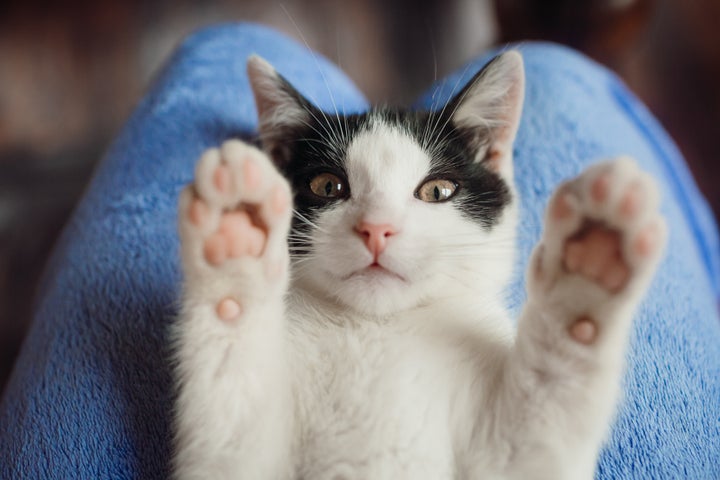New York has become the first U.S. state to ban the declawing of cats statewide.
Gov. Andrew Cuomo (D) signed a bill into law on Monday that outlaws the procedure and imposes a $1,000 fine on veterinarians who perform it. Declawing will still be legal in any case where it’s medically necessary for the cat.
“Declawing” is a misleading term, because the operation does not simply remove a cat’s claws. Because cat claws are attached to bones in their paws, declawing actually involves amputating the first knuckle of a cat’s toes.
Declawing can lead to chronic pain, as cats have to adjust to walking on their surgically altered feet. The procedure is already prohibited in multiple European countries and some U.S. cities and towns, including Denver, Los Angeles and San Francisco.
“Cat declawing is a horrific yet often-practiced surgery that leads to a lifetime of pain and discomfort for thousands of cats,” Democratic Assemblywoman Linda Rosenthal of Manhattan, the bill’s sponsor, told NPR prior to it being signed into law.

Among the bill’s supporters was the Humane Society of the United States, whose New York director, Brian Shapiro, hailed the bill’s passage in the state legislature in early June as a “great victory.”
The bill was opposed, however, by the New York State Veterinary Medical Society. The group said that declawing should remain an option in cases where “the alternative is abandonment or euthanasia.”
In its statement, the group states that declawing should be considered “after attempts have been made to prevent the cat from using its claws destructively,” or in cases where the threat of a cat scratch poses a major risk to the health of the owner (cases could include immuno-compromised pet owners or people with hemophilia).
In a 2016 article about the profitability of declawing cats, The Daily Beast noted that the U.S. Centers for Disease Control and Prevention does not recommend declawing in any situation, though it does have other recommendations for reducing the risk of a cat scratch. However, the NYSVMS noted in its statement that, although “medical literature does not recommend declawing in all situations,” some doctors end up recommending declawing anyway, “in practice.”
Some opponents of declawing bans also fear that the laws could result in more cats being surrendered to shelters due to scratching behavior, even in cases where serious medical concerns are not an issue.
But though it’s true that clawless cats can’t scratch furniture or people, declawing can also increase other undesirable behaviors. Research published in the Journal of Feline Medicine and Surgery in 2017 found that declawed cats were significantly more likely to bite. They were also 10 times more likely to urinate or defecate outside a litter box, likely because cat litter can be painful to declawed paws.
Brenda Barnette, general manager of Los Angeles Animal Services, cited those reasons in a letter in support of the New York bill. The city of Los Angeles banned declawing in 2009. And though many factors have contributed to fewer cats being surrendered to the city’s shelters since then, Barnette believes that one of those reasons is a decrease in declawing-related “biting and litter box avoidance.”
“We at Los Angeles Animal Services department strongly believe that a ban on declawing saves the lives of cats,” she wrote.


